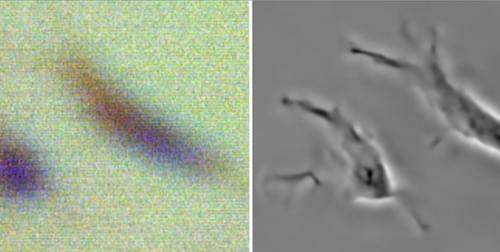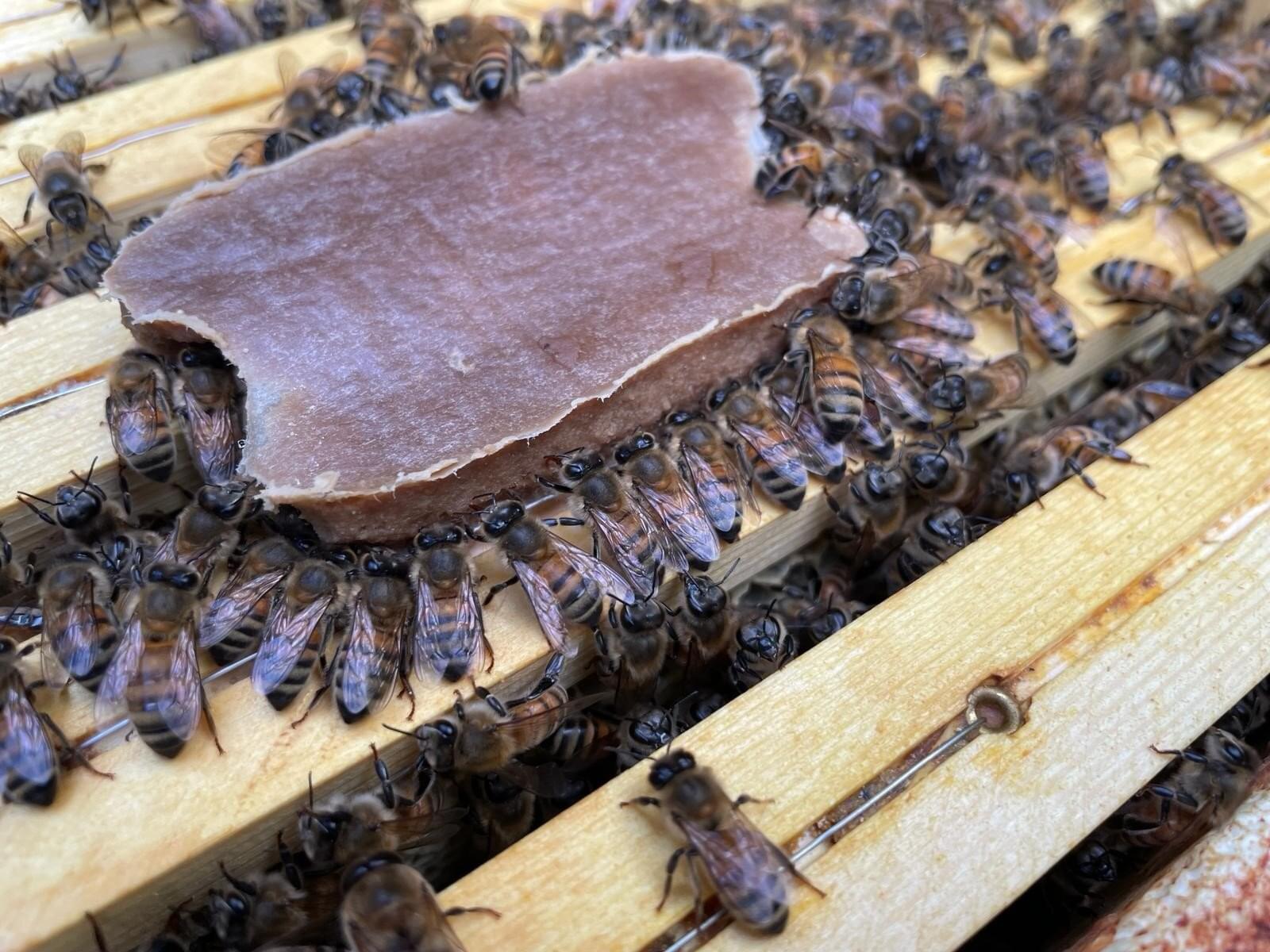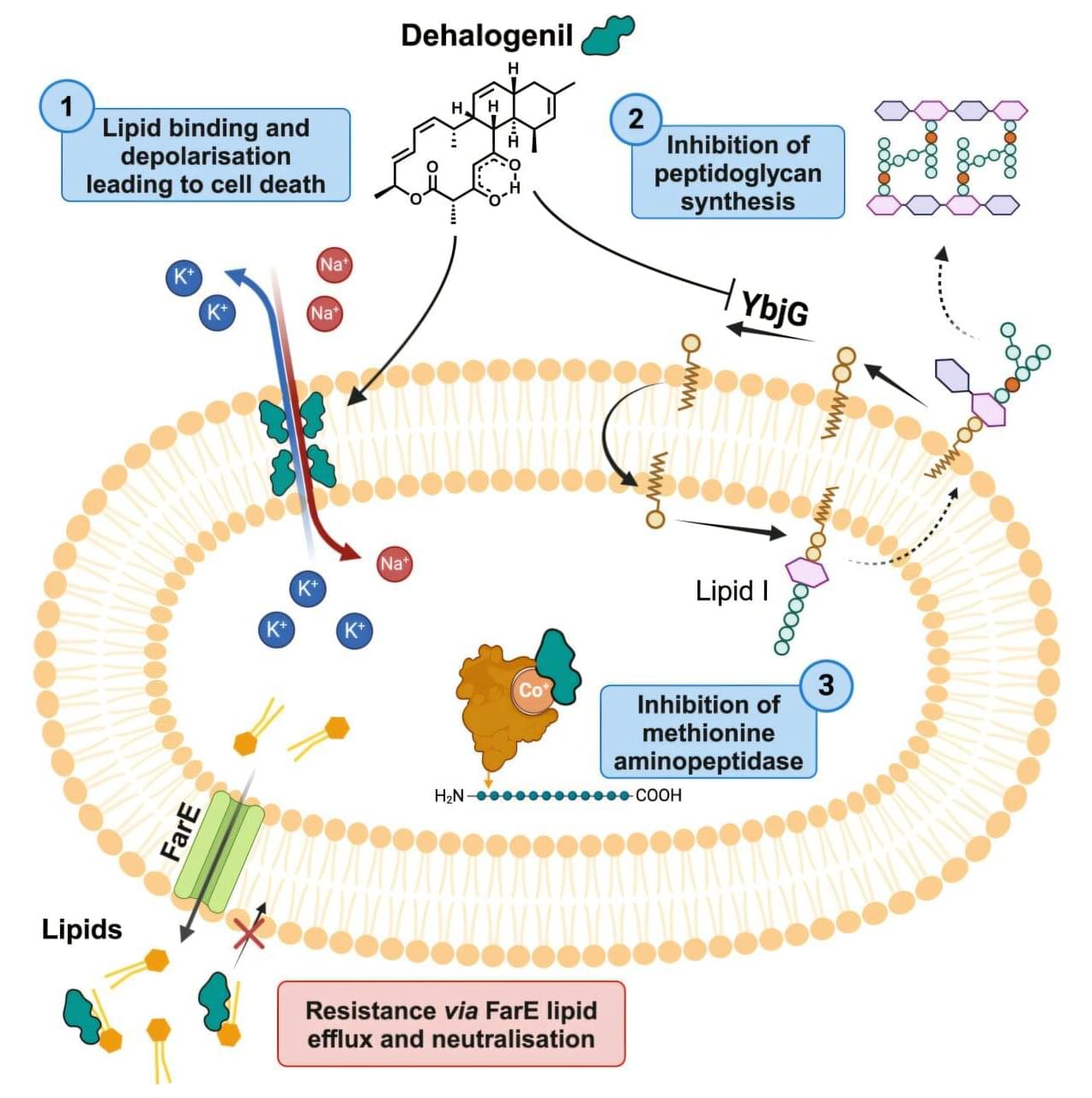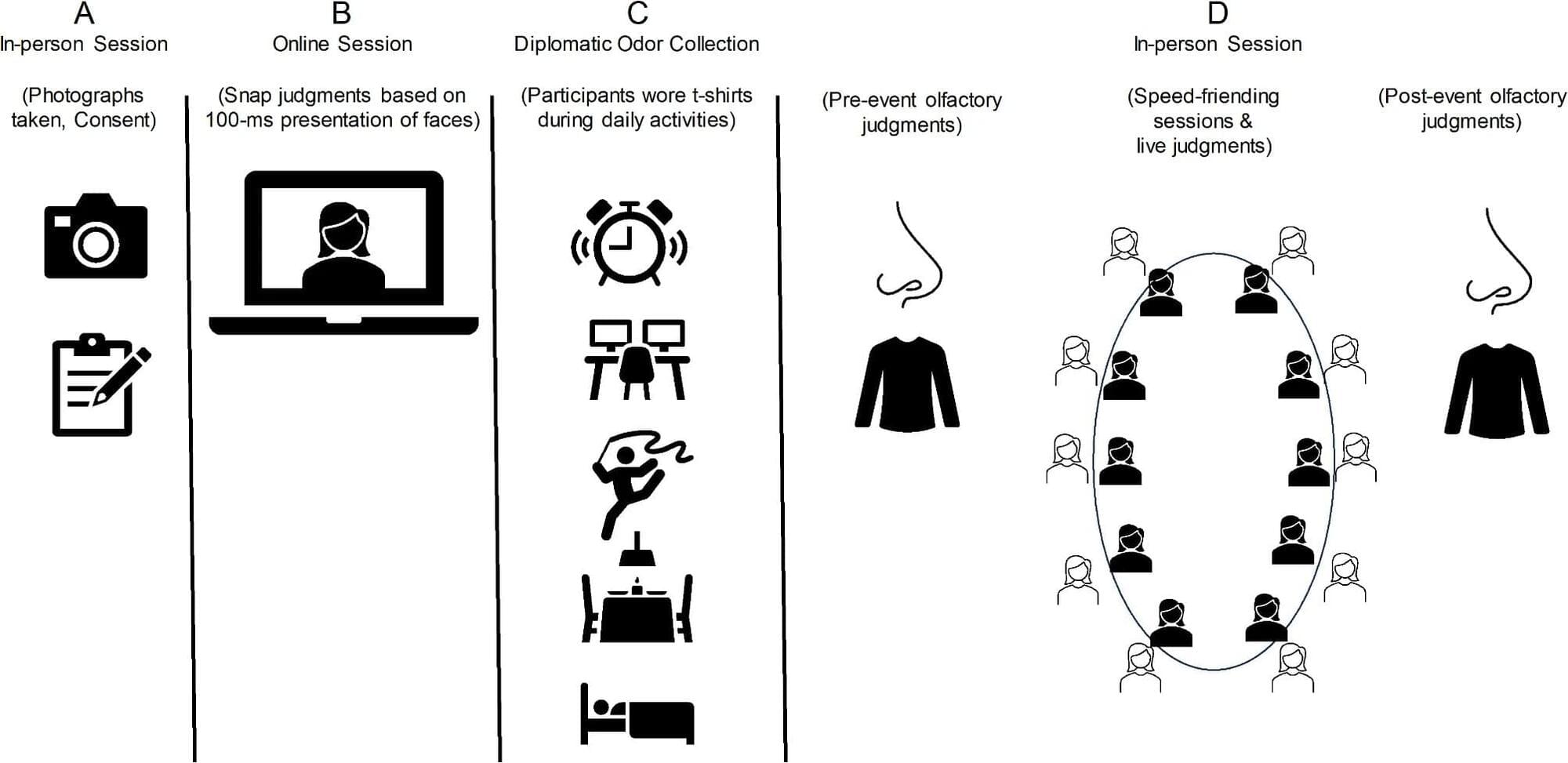A new method for obtaining high-resolution images of cells from low-resolution ultrasound data enables longer, noninvasive monitoring of organisms.



A powerful framework allows scientists to understand and classify joint quantum measurements—procedures essential for many quantum technologies.
Two key, yet enigmatic, aspects of quantum physics are entanglement and the act of measuring a quantum system. These elements combine in unique ways in so-called joint measurements, where multiple systems are simultaneously measured in a way that accounts for their entanglement. Joint measurements are valuable because they can extract hidden information about the combined state of the systems. Remarkably, the outcome of a joint measurement can be replicated even if the systems are kept far apart, which has many practical benefits. Such “localization” procedures require local operations to be performed on each system and some extra entanglement to be shared beforehand. Now Jef Pauwels and colleagues at the University of Geneva have investigated how much of this shared entanglement is needed to localize a given joint measurement [1].

Fiber optic cable deployed on a Swiss glacier has detected the seismic signals of crevasses opening in the ice, confirming that the technology could be useful in monitoring such icequakes, according to a report at the Seismological Society of America’s Annual Meeting.
Crevassing is important to the stability of glaciers, especially as they offer a pathway for meltwater to reach the rocky glacier bed to speed up the glacier’s movement and enhance melting. The harsh environment of a crevassed glacier, however, makes it difficult to place traditional seismic instruments to measure icequakes.
The source of seismic signals in an icequake differs from the shear forces of a tectonic earthquake or the explosive source of a chemical or nuclear detonation, explained Tom Hudson of ETH Zürich. A crevasse is a “crack source, where you have pure opening of a fracture just in one direction,” he said.


Scientists have unveiled a new food source designed to sustain honey bee colonies indefinitely without natural pollen.
Published in the journal Proceedings of the Royal Society B, the research from Washington State University and APIX Biosciences NV in Wingene, Belgium, details successful trials where nutritionally stressed colonies, deployed for commercial crop pollination in Washington state, thrived on the new food source.
This innovation, which resembles the man-made diets fed to livestock and pets all their lives, contains all the nutrients honey bees need. It’s expected to become a potent strategy for combating the escalating rates of colony collapse and safeguarding global food supplies reliant on bee pollination.

An international study published in Communications Earth & Environment has advanced earthquake simulations to better anticipate the rupture process of large earthquakes.
Using data for the Turkey earthquake of February 2023, the scientists have developed a detailed 3D dynamic model that provides a more accurate understanding of the strong shaking during this earthquake and hence information for future seismic hazard assessments. The research was led by King Abdullah University of Science and Technology (KAUST) Professor Martin Mai and scientist Bo Li.
The Turkey earthquake was responsible for the death of tens of thousands of people. It was marked by a doublet, which describes two major earthquakes separated by a short time. The first rupture fractured a long stretch of the fault approximately 350 km long, breaking different sections in succession. Just hours later, a second massive rupture followed, amplifying the destruction. Doublets do not show typical aftershock behavior and are a challenge to mathematically describe.

A team of researchers at UCL and UCLH have identified the key brain regions that are essential for logical thinking and problem solving.
The findings, published in Brain, help to increase our understanding of how the human brain supports our ability to comprehend, draw conclusions, and deal with new and novel problems—otherwise known as reasoning skills.
To determine which brain areas are necessary for a certain ability, researchers study patients with brain lesions (an area of damage in the brain) caused by stroke or brain tumors. This approach, known as “lesion-deficit mapping,” is the most powerful method for localizing function in the human brain.

Penn Engineers have developed the first programmable chip that can train nonlinear neural networks using light—a breakthrough that could dramatically speed up AI training, reduce energy use and even pave the way for fully light-powered computers.
While today’s AI chips are electronic and rely on electricity to perform calculations, the new chip is photonic, meaning it uses beams of light instead. Described in Nature Photonics, the chip reshapes how light behaves to carry out the nonlinear mathematics at the heart of modern AI.
“Nonlinear functions are critical for training deep neural networks,” says Liang Feng, Professor in Materials Science and Engineering (MSE) and in Electrical and Systems Engineering (ESE), and the paper’s senior author. “Our aim was to make this happen in photonics for the first time.”

The development and spread of antibiotic resistance represents one of the greatest threats to global health. To overcome these resistances, drugs with novel modes of action are urgently needed.
Researchers at the Helmholtz Institute for Pharmaceutical Research Saarland (HIPS) have now uncovered the mode of action of a promising class of natural products—the chlorotonils. These molecules simultaneously target the bacterial cell membrane and the bacteria’s ability to produce proteins, enabling them to break through resistance. The team published its findings in Cell Chemical Biology.
The more frequently antibiotics are used, the faster pathogens evolve mechanisms to evade their effects. This leads to resistant pathogens against which common antibiotics are no longer effective. To ensure that effective treatments for bacterial infections remain available in the future, antibiotics that target different bacterial structures than currently approved drugs are essential.

The room is crowded and noisy. There are conversations all around, and the residual smell of popcorn and beer hangs in the air. Yet two women meeting for the first time can judge within minutes whether they have the potential to be friends—guided as much by smell as any other sense, according to new Cornell psychology research.
“People take a lot in when they’re meeting face to face. But scent, which people are registering at some level, though probably not consciously, forecasts whether you end up liking this person,” said Vivian Zayas, professor of psychology in the College of Arts and Sciences (A&S). “It’s amazing, our attunement to other people, even without being consciously aware of how in tune we are.”
In a study of heterosexual women, Zayas and first author Jessica Gaby, Ph.D., found that personal, idiosyncratic preferences based on a person’s everyday scent, captured on a T-shirt, predicted how much women liked their interaction partner following four-minute chats across a table in a crowded room. These face-to-face conversations, in turn, influenced how participants later judged the T-shirt scent alone.